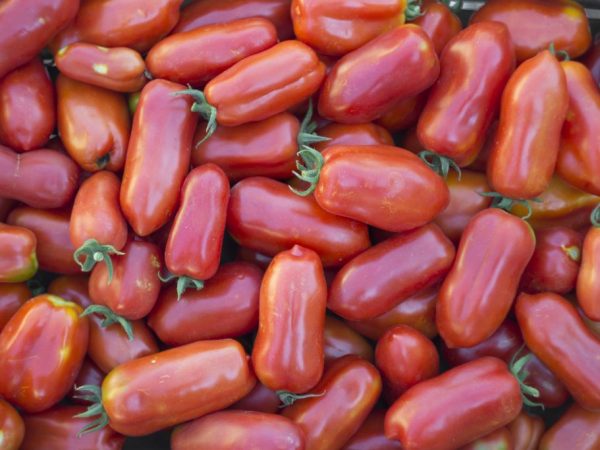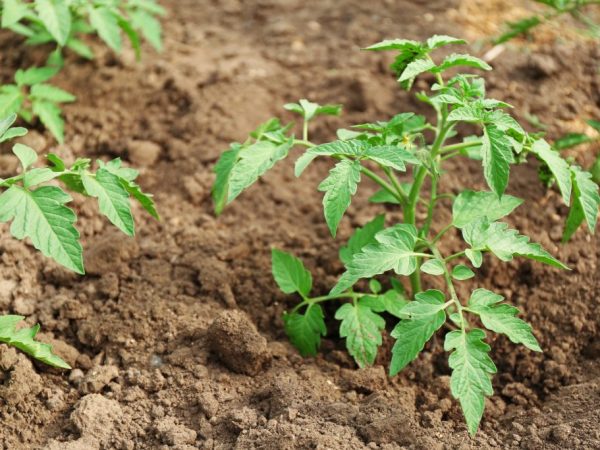Description of the Cornabel tomato
Each gardener tries to choose a tomato with high yields for growing on the site. The Cornabel tomato has all the necessary requirements. The price of seeds of this variety is only 51 rubles per pack.

Description of the Cornabel tomato
Characteristics of the variety
The Kornabel tomato was bred by Russian breeders in 2003, already at the beginning of 2005 it was entered into the State Register of the Russian Federation.
The plant is suitable for growing in all regions, under any climatic conditions: in the south - in open ground, and in the middle lane and in the north - in a greenhouse.
Description of the bush
According to the characteristics, the fruit bush is indeterminate, has a powerful root system that develops in a horizontal plane. The foliage is moderate, has a rich dark green color. The growing season for the development of the bush is about 70 days from the moment the first shoots appear.
On the bushes of the variety, about 5 nodes are formed, in each of which about 8 tomatoes are formed. The stem can be developed, which allows it to maintain its shape, even with high yields.
Description of the fetus
According to the description, the fruit of the category f1 Cornabel tomato:
- has an elongated oval shape;
- has a weight of 200-300 g;
- has a length of about 12 cm;
- has a dark red tint.
The amount of dry matter reaches 7%. Taste qualities make the f1 category Cornabel tomato versatile to use.
Growing rules

When planting, they strictly maintain the distance between the bushes.
Growing a Cornabel tomato of category f1 is simple, it is only important to know the rules for planting tomatoes.
Firstly, according to the characteristics, you should wait until the nutrient soil warms up to a temperature of 20 ° C. Then you can plant the seeds in the greenhouse. The ideal time for these purposes is the end of March. After the seeds sprout and the first pair of leaves appear on the seedlings, transplantation is possible in open ground.
Secondly, it is imperative to adhere to the correct landing pattern. This will allow the root system not to be confused with the neighboring one, and the development of the plant will proceed according to all the rules. According to experts, a distance of about 60 cm should be maintained between the rows.The distance between the holes is 70 cm.
Care
First of all, it is important to carry out the correct feeding of the plant. For these purposes, it is recommended to use potassium, phosphorus and nitrogen. An excess of potassium leads to irreparable consequences. It can accelerate the growth of the fruit so much that the plant cannot withstand the stress.
Bush picking is required. According to the description, it should be carried out after 2 full-fledged leaves are formed on the seedlings. It is also important to form a 1-stem bush and tie it to a support regularly. Watering is carried out every 2-3 days. Proper watering allows the plant to distribute the tops evenly.
Diseases and pests
The hybrid has increased resistance to diseases such as wilting, mosaic and late blight.For this reason, it is not necessary to carry out preventive measures. The only problem is the effect of spotting, so it is advisable to spray the plant with a manganese solution so that the disease does not disrupt the formation of the plant.
The Cornabel hybrid is not affected by the Colorado potato beetle, aphids or whiteflies.
Conclusion
The F1 hybrid Cornabel has a lot of advantages, thanks to which it has become in demand in the modern world.


